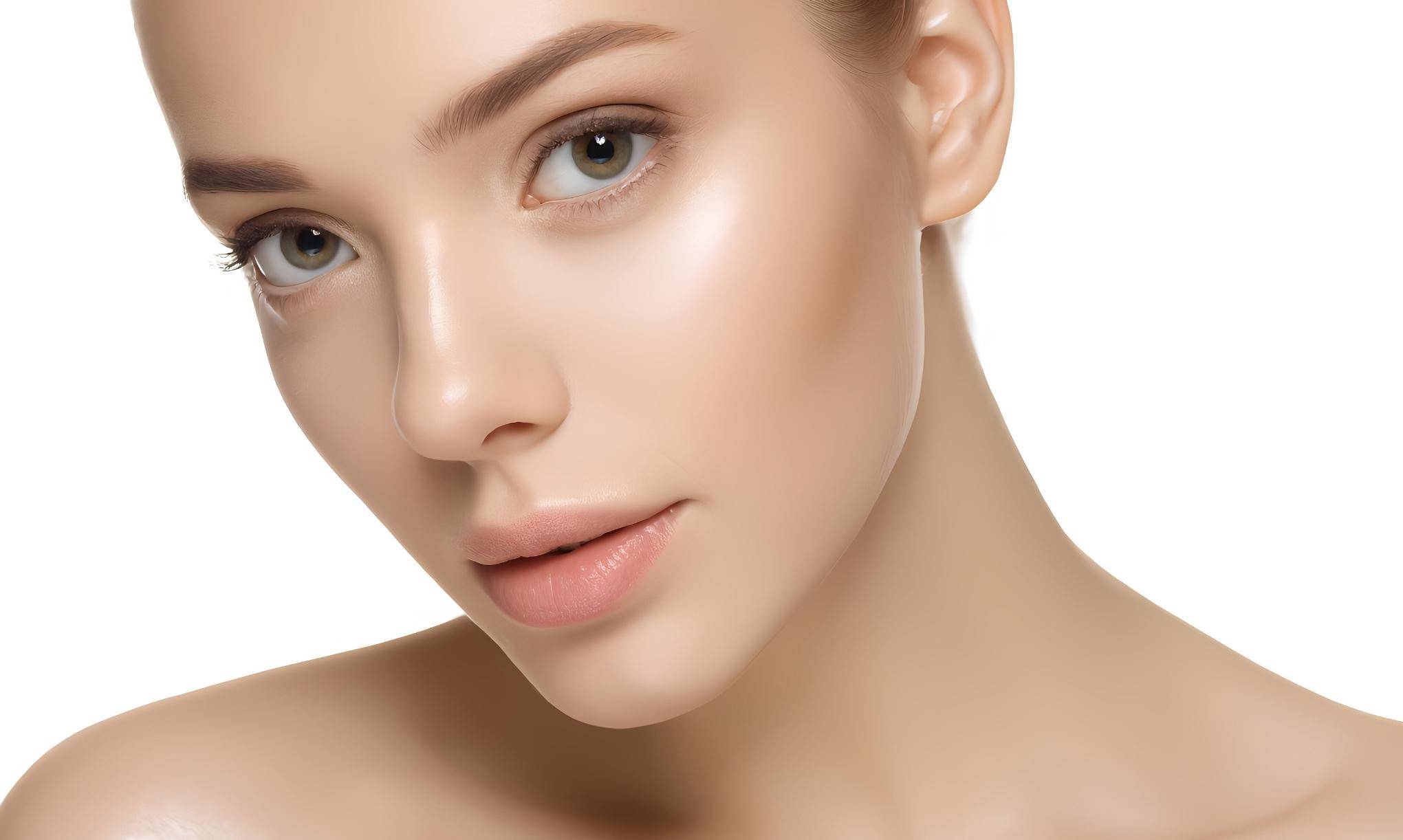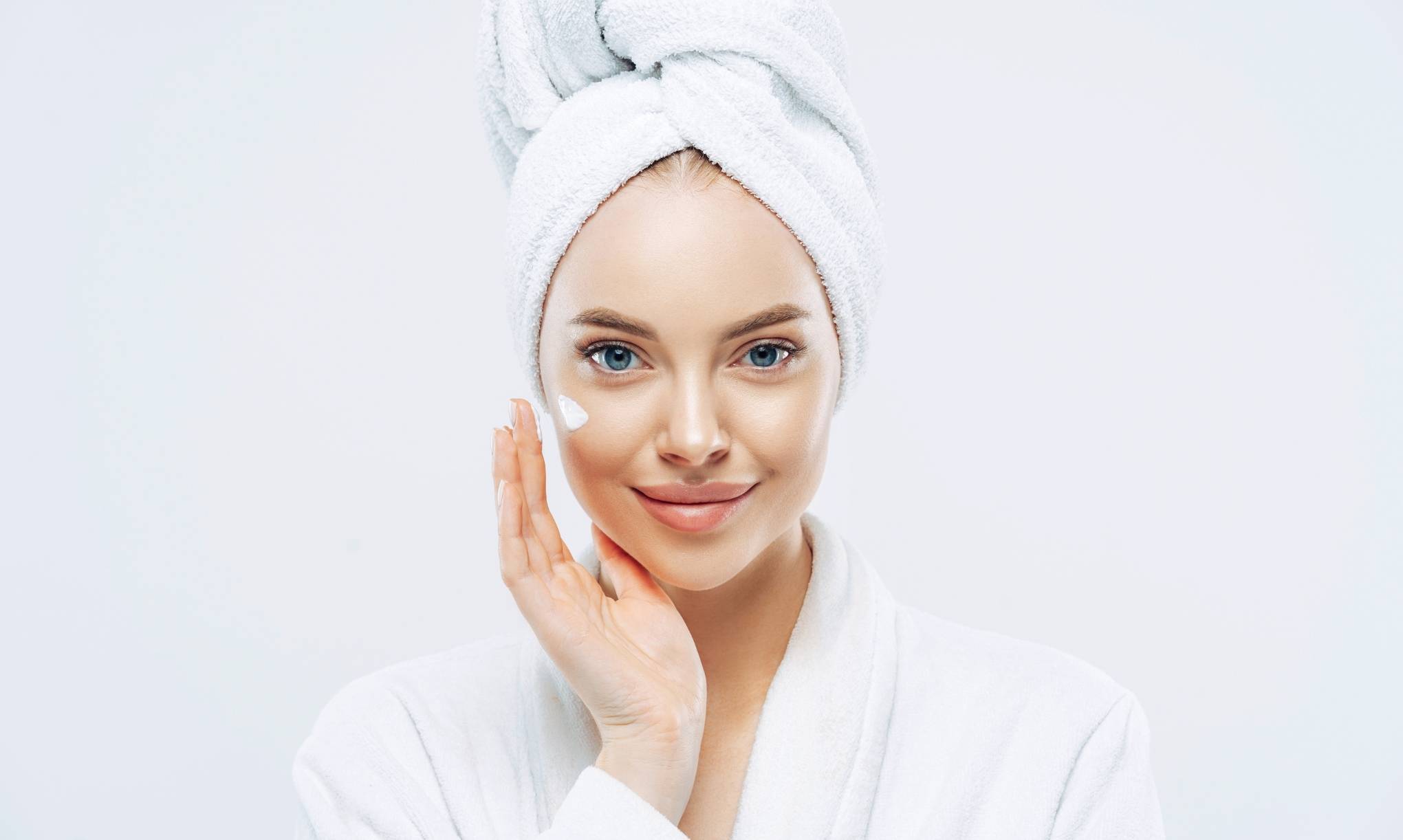Learn key signs of skin aging and how to prevent them, along with effective treatments to restore youthful skin as well as confidence

By Kath Wong | October 24th, 2025
Have you ever looked in the mirror and felt your skin didn’t bounce back quite like it used to? Aging is a natural and beautiful process — but when subtle changes in the skin begin to appear, it’s easy to overlook them until they become more visible. The good news? Early awareness can make all the difference in maintaining radiant, healthy skin for years to come.
Skin aging isn’t just about wrinkles; it’s about the story your skin tells — through its texture, tone, and elasticity. Understanding what’s happening beneath the surface can help you make proactive choices and explore treatments that truly work for your skin’s needs.
1. Fine Lines and Wrinkles: The First Whispers of Aging
One of the earliest and most noticeable signs of skin aging is the appearance of fine lines — particularly around the eyes, mouth, and forehead. These lines start small but deepen over time due to repetitive facial expressions, collagen loss, and exposure to environmental stressors.
· Why it happens: As we age, our skin produces less collagen and elastin — proteins responsible for keeping it firm and smooth.
· Common triggers: Sun exposure, pollution, smoking, dehydration, and lack of sleep can accelerate this process.
According to a 2021 study published in the Journal of Dermatological Science, UV exposure accounts for up to 80% of visible skin aging signs — a condition often called “photoaging.”
Pro tip: Sunscreen, hydration, and antioxidant-rich skincare can slow the progression. For those looking for deeper rejuvenation, treatments like microneedling, laser resurfacing, or dermal fillers can help restore youthful elasticity safely and effectively.
2. Uneven Skin Tone and Hyperpigmentation
Ever noticed faint dark spots or patches that don’t seem to fade? Uneven skin tone is another early indicator of aging — often caused by cumulative sun damage or hormonal changes.
Common types of discolouration include:
· Age spots: Brown or black spots appearing on sun-exposed areas.
· Melasma: Larger patches often triggered by hormonal fluctuations.
· Post-inflammatory hyperpigmentation: Marks left after acne or irritation.
Pigmentation occurs when melanin — the pigment responsible for skin color — becomes unevenly distributed due to overactive melanocytes.
Modern dermatology offers solutions ranging from chemical peels and brightening serums to IPL (Intense Pulsed Light) and laser therapies. Many of these treatments, available through Trambellir’s affiliated clinics, can target pigment issues precisely without damaging surrounding tissue.

3. Loss of Firmness and Elasticity
A youthful face is defined by firm, plump skin that bounces back. As time passes, gravity and biological slowdown lead to sagging — particularly around the jawline, cheeks, and under the eyes.
The underlying science:
· Collagen production decreases by about 1% each year after age 25.
· Elastin fibers lose their ability to stretch and retract.
· Subcutaneous fat redistributes, leading to hollow or sagging areas.
Non-surgical skin tightening treatments such as HIFU (High-Intensity Focused Ultrasound), radiofrequency therapy, or thread lifts are growing in popularity for their ability to boost collagen and tighten skin naturally.
4. Dryness and Rough Texture
If your once-supple skin now feels tight or flaky, dryness could be signaling an aging barrier function. As we age, sebaceous glands produce less oil, and the skin’s ability to retain moisture diminishes.
Environmental factors like air conditioning, hot showers, and harsh cleansers further strip natural oils — leaving the skin dull and uneven.
How to restore balance:
· Incorporate hyaluronic acid serums and ceramide-based moisturizers.
· Avoid alcohol-heavy or fragranced skincare.
· Drink plenty of water and eat omega-rich foods.
Clinical treatments such as skin boosters, PRP (Platelet-Rich Plasma) therapy, or deep hydration facials can dramatically improve moisture retention and texture — often providing results after just one session.
5. Enlarged Pores and Thinning Skin
Another commonly overlooked sign of aging is the appearance of enlarged pores and thinner skin. Reduced collagen causes pore walls to lose structure, while cumulative sun exposure breaks down the dermal layers, making veins or imperfections more visible.
Signs to watch for:
· Visible pores on cheeks and nose
· Skin becoming more translucent
· Increased bruising or sensitivity
Maintaining a gentle but consistent exfoliation routine helps — think mild chemical exfoliants like AHAs (Alpha Hydroxy Acids). Professional treatments such as fractional laser resurfacing or carbon laser facials can minimize pore size and strengthen the skin barrier from within.

6. Dullness and Lack of Radiance
Youthful skin reflects light effortlessly. When that inner glow starts to fade, it’s often due to slower cell turnover and decreased blood flow. Dead skin cells accumulate on the surface, creating a grayish or tired complexion.
Quick fixes that help:
· Gentle exfoliation 2 to 3 times a week
· Vitamin C serums for brightness
· Regular facial massages to boost circulation
However, for long-lasting rejuvenation, oxygen facials, LED light therapy, or microdermabrasion can reawaken dull skin and encourage new cell growth — options available through certified clinics and wellness centers worldwide.
7. Visible Blood Vessels and Redness
Broken capillaries or persistent redness often appear with age as skin thins and blood vessels become more fragile. Conditions like rosacea may also develop or worsen over time.
Dermatologists typically recommend laser vascular treatments or intense pulsed light therapy to reduce visible redness and strengthen capillary walls. For mild cases, anti-inflammatory skincare containing niacinamide or azelaic acid can soothe irritation effectively.
8. Slower Healing and Increased Sensitivity
Aging skin doesn’t just look different — it behaves differently. Cuts, pimples, or irritations take longer to heal as cell regeneration slows. This can lead to persistent redness, lingering blemishes, or even infections in some cases.
To counteract this:
· Prioritize gentle skincare routines.
· Use products with growth factors or peptides.
· Ensure your diet includes vitamins A, C, and E for tissue repair.
If you notice prolonged inflammation or sensitivity, consulting a dermatologist can help you create a treatment plan suited to your skin’s changing needs.

Caring for Your Skin at Every Age
The truth is, no cream or serum can stop aging altogether — but understanding the signs early allows you to age gracefully and confidently. Combining consistent skincare, healthy lifestyle habits, and professional treatments can make your skin look vibrant well into your 40s, 50s, and beyond.
Whether you’re considering anti-aging facials, laser therapies, or minimally invasive aesthetic treatments, trusted platforms like Trambellir help you explore top-rated beauty treatment clinics around the world — making it simple to find personalized options that align with your skincare goals.
FAQs
Q1. At what age do the first signs of skin aging appear?
Fine lines and decreased elasticity often start appearing in your late 20s to early 30s, depending on genetics, sun exposure, and lifestyle habits.
Q2. Can you reverse the signs of aging once they appear?
While you can’t fully reverse aging, you can significantly reduce visible signs through professional treatments, proper skincare, and sun protection.
Q3. What are the most effective anti-aging ingredients?
Look for retinoids, hyaluronic acid, vitamin C, peptides, and niacinamide — all proven to support collagen production and skin renewal.
Q4. How does sun exposure accelerate aging?
UV rays break down collagen and elastin, causing wrinkles and pigmentation. Daily SPF use is one of the most powerful anti-aging habits.
Q5. How can Trambellir help with skin aging?
Trambellir connects you with certified clinics offering advanced anti-aging treatments — from laser resurfacing to rejuvenation therapies — helping you make confident, informed choices.